How US President Donald Trump’s Liberation Day affects Australia
US President Donald Trump called it ‘Liberation Day’ and now the world’s anxious wait for tariff terms is over – but what does it mean for Australia and our own economy right here at home?
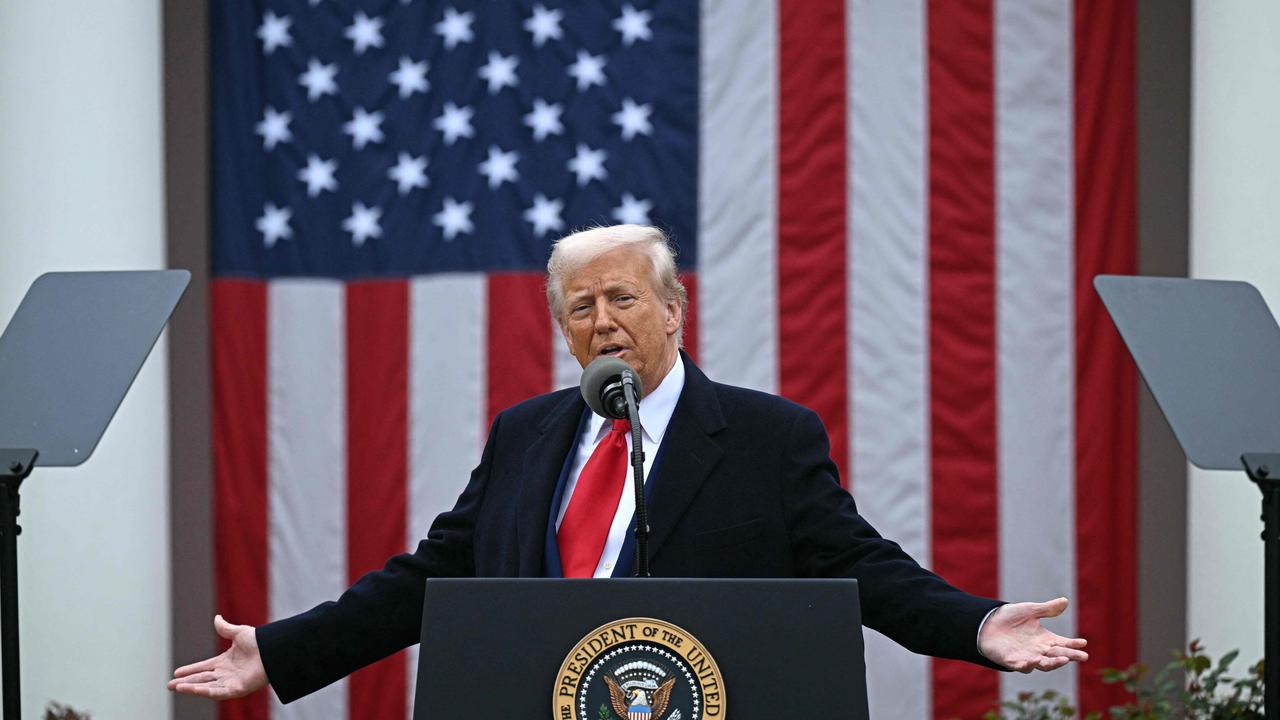
READING LEVEL: ORANGE
US President Donald Trump announced the full scope of his aggressive tariff program on Thursday, which he dubbed “Liberation Day”.
Here’s what the new tariffs mean for the Australian economy and consumers.
WHAT IS THE TARIFF ON AUSTRALIAN GOODS?
Australian goods to the US are being hit with a 10 per cent tariff. This is understood to be a flat tariff on all our goods entering the USA.
Mr Trump said every country that trades with the US will face a “minimum baseline tariff of 10 per cent”.
Until now, trade between the US and Australia was largely tariff-free due to the Australia-US Free Trade Agreement*, signed in 2004.
Prime Minister Anthony Albanese has said, “no one has got a better deal (than Australia) and people will see that themselves.”
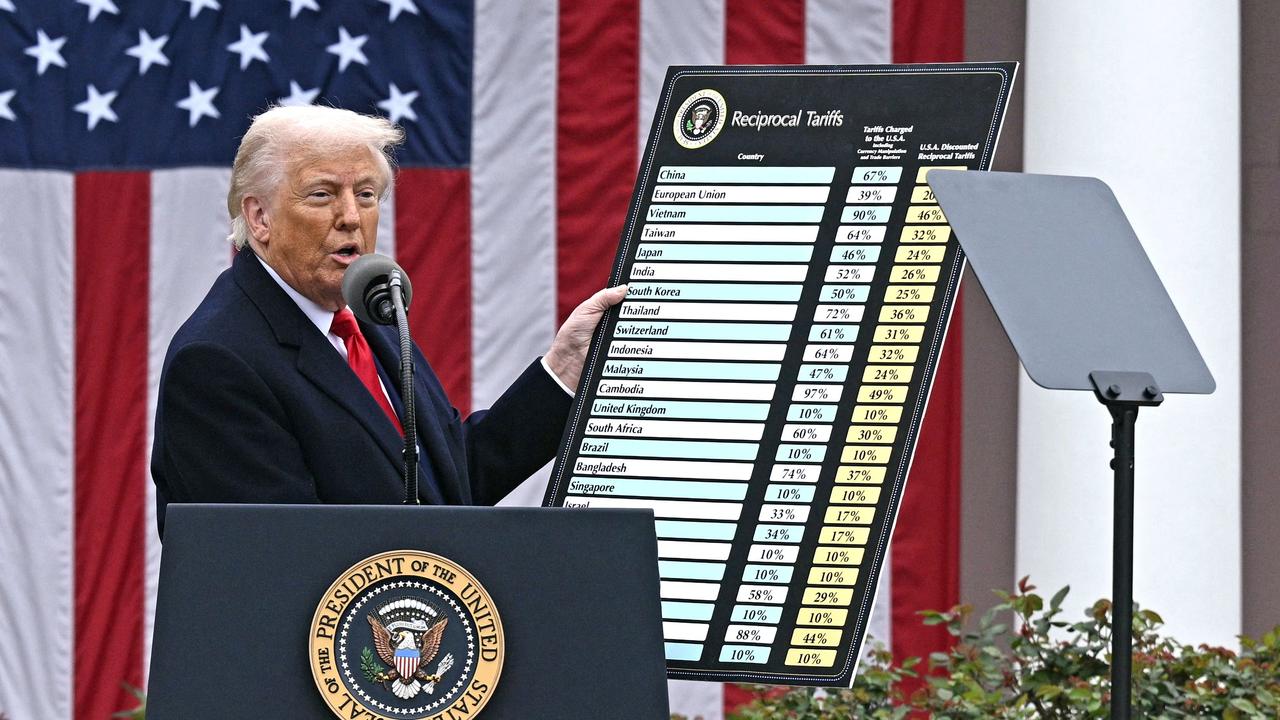
WHAT IS A TARIFF?
A tariff is a tax placed on imports, meaning exports of affected goods from Australia to the US will become more expensive for American consumers and likely reduce demand for them.
The goal of high tariffs can be to make importing goods untenable*, increasing their price until domestic* alternatives become the most affordable option.
Reciprocal tariffs are a retaliation: if a country taxes imports from the US, Mr Trump intends to raise taxes on their exports.
This eye-for-an-eye approach is driven by the Trump administration’s view that the US has been treated “unfairly” in international trade.
Some of the tariffs Mr Trump has already announced have kicked in. For example, a 25 per cent tariff on all steel and aluminium imports.
Mr Trump placed 25 per cent tariffs on most imports from Canada and Mexico earlier in his term but later exempted goods that fall under an existing trade agreement.
Mr Trump also imposed two sets of 10 per cent tariffs on goods from China.
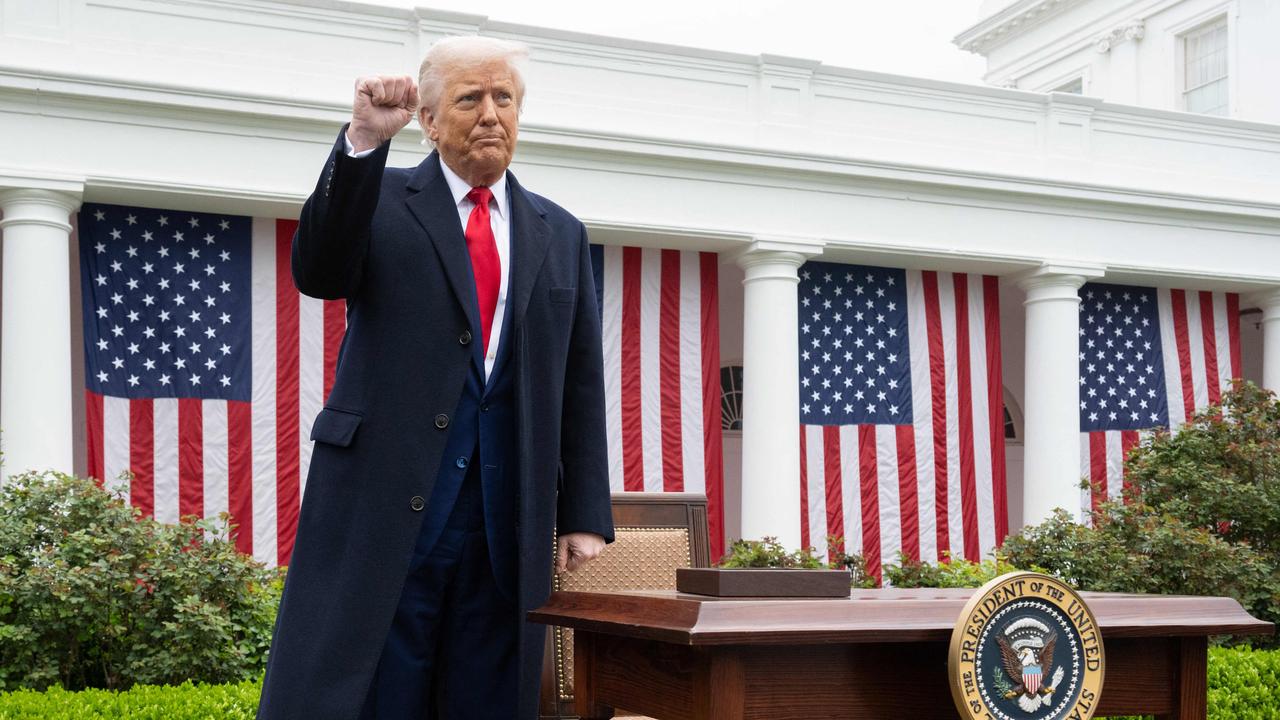
WHAT ARE OTHER COUNTRIES GETTING?
China, Australia’s largest trading partner, will face a 34 per cent reciprocal tariff. This is in addition to the existing 20 per cent being charged to importers of goods from China, a White House official said.
Because an existing 25 per cent tariff is in place for Canadian and Mexican goods, those two countries will not have a further 10 per cent baseline tariff imposed.
The European Union will face tariffs of 20 per cent, Indian goods will receive a 26 per cent tariff and Vietnam will be slugged with a tariff of 46 per cent.
New Zealand is being charged a 10 per cent tariff, and so is the United Kingdom.
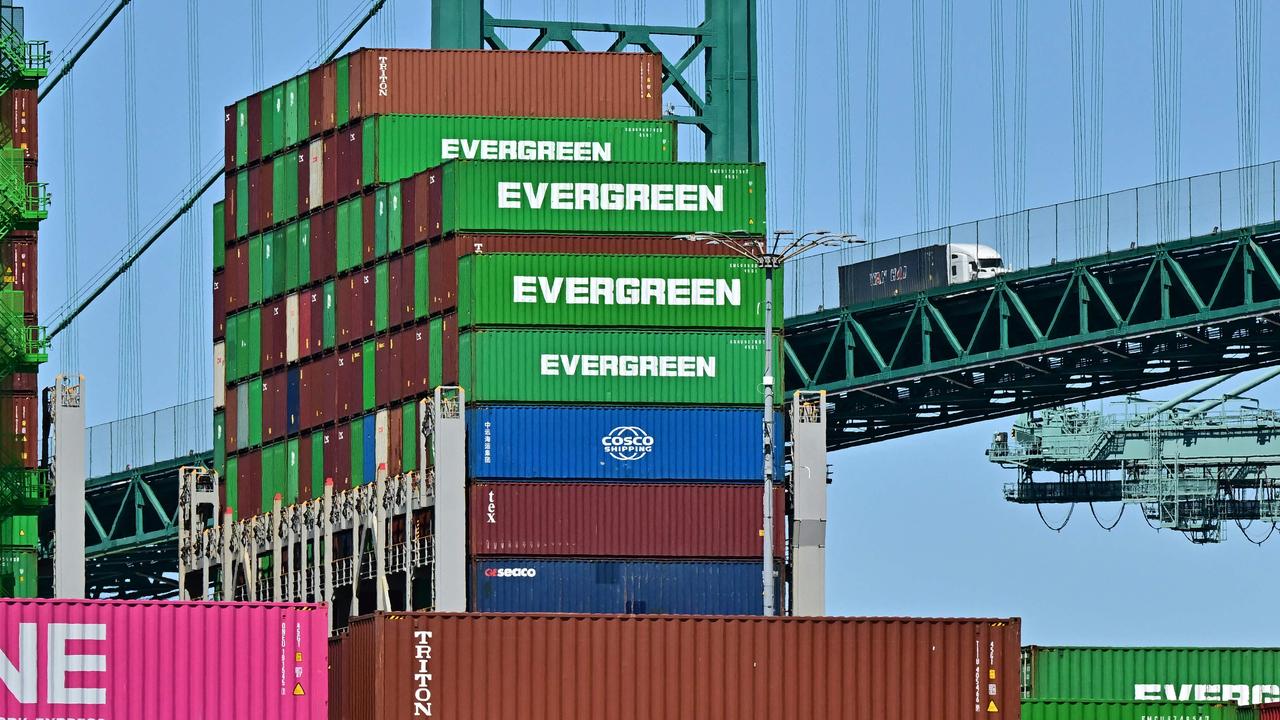
WHAT IS PRESIDENT TRUMP’S “LIBERATION DAY”?
“Liberation Day” is the plan Mr Trump says will free the US from relying on foreign goods. White House press secretary Karoline Leavitt told reporters on Monday the president’s tariff plan would “roll back the unfair trade practices that have been ripping off our country for decades”.
“This is the beginning of Liberation Day in America,” Mr Trump told reporters on Air Force One ahead of Thursday’s speech.
“We’re going to charge countries for doing business in our country and taking our jobs, taking our wealth, taking a lot of things that they’ve been taking over the years.”

WHEN WILL THE TARIFFS TAKE EFFECT?
Tariffs on Australian goods will take effect Saturday 5 April at midnight in the US, 3pm AEST, according to a White House press release.
Typically tariffs take longer to implement, but Mr Trump is invoking emergency economic powers to address what the Trump administration describes as “the absence of reciprocity in our trade relationships”.
“These tariffs will remain in effect until such a time as President Trump determines that the threat posed by the trade deficit and underlying non-reciprocal treatment is satisfied, resolved, or mitigated,” the White House said in a statement.
White House press secretary Karoline Leavitt on Tuesday claimed the tariffs would take effect immediately after they were unveiled.
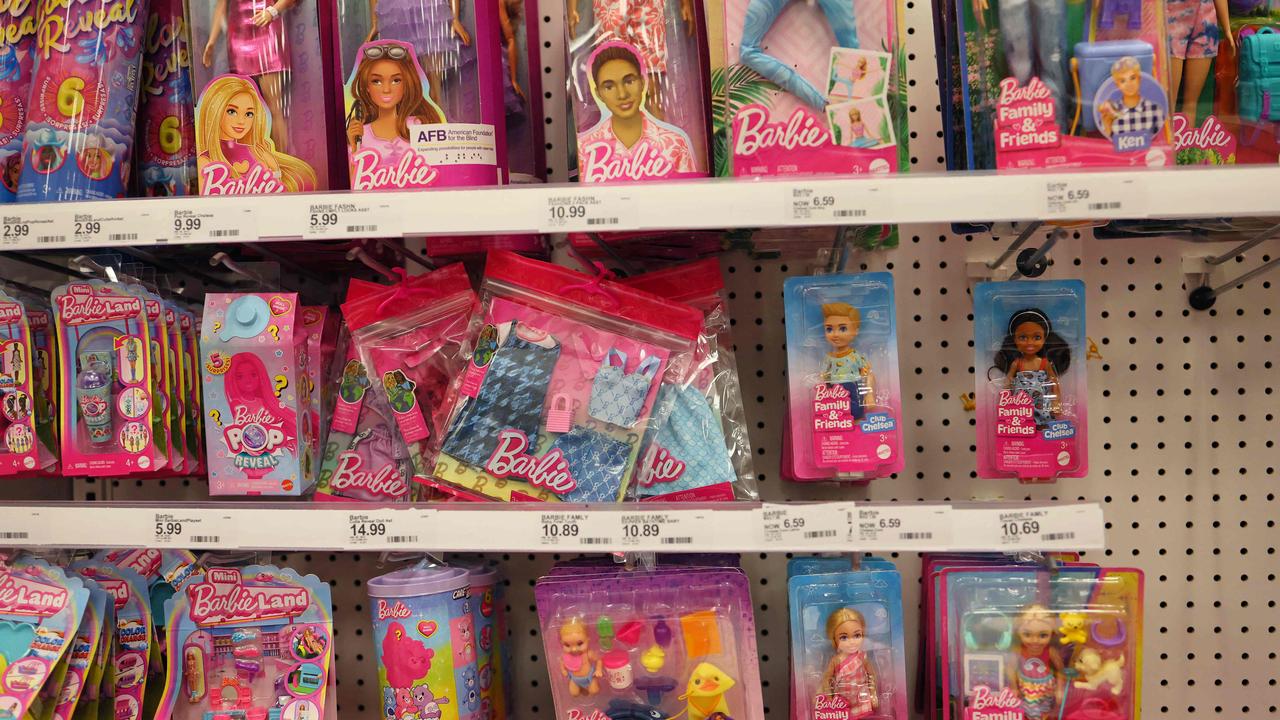
CAN THE DECISION BE NEGOTIATED?
Asked whether there was anything global leaders could do to avoid sweeping new tariffs, Ms Leavitt said that Mr Trump was “always up” for a phone call or “good negotiation”.
“But he is very much focused on fixing the wrongs of the past and showing that American workers have a fair shake,” she added.
Ms Leavitt also said there had been “quite a few countries that have called the President and have called his team, in discussion about these tariffs”.
HAS THIS HAPPENED BEFORE?
Since World War II, the US has largely engaged in free trade and lower tariffs. Now that there’s been a loss in American manufacturing jobs, Mr Trump is hoping to bring those jobs back to the US.
During Mr Trump’s first term, he imposed heavy tariffs on solar panels, aluminium, steel and most goods from China. Yet, the number of jobs in the steel industry remained unaffected by the tariffs.
Further, retaliatory taxes imposed by other nations on US goods had negative effects on the country.
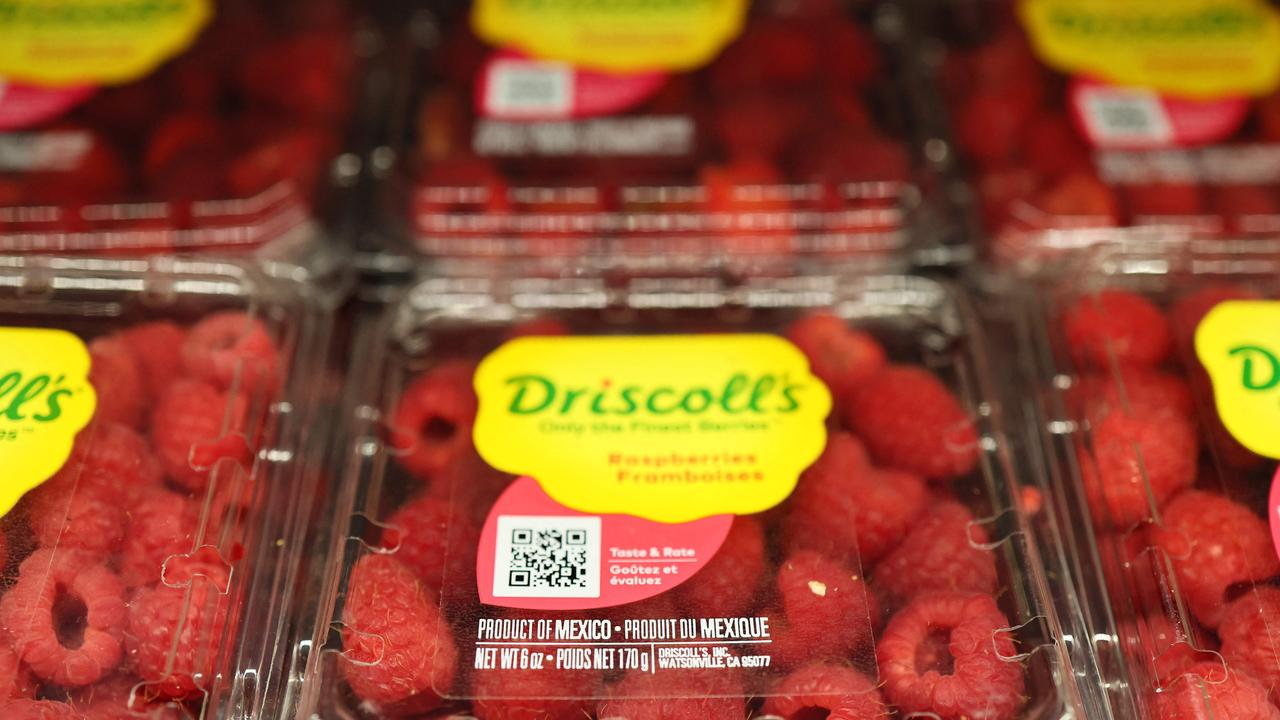
WHY IS AUSTRALIA BEING INCLUDED?
Despite earlier indications that further tariffs would only be applied to countries the US runs a large trade deficit with, on Sunday Mr Trump told reporters they would be imposed on “all countries”.
The US in 2024 ran a trade surplus* of $17.9 billion with Australia, meaning they export more to us than they import from us. In other words, they’re selling more than they’re buying.
Australia has a sweeping free trade agreement (FTA) with the US and imposes minimal tariffs on their exports.
Independent economist Saul Eslake said despite this, the US government might consider our GST (Goods and Services Tax) as a kind of tariff.
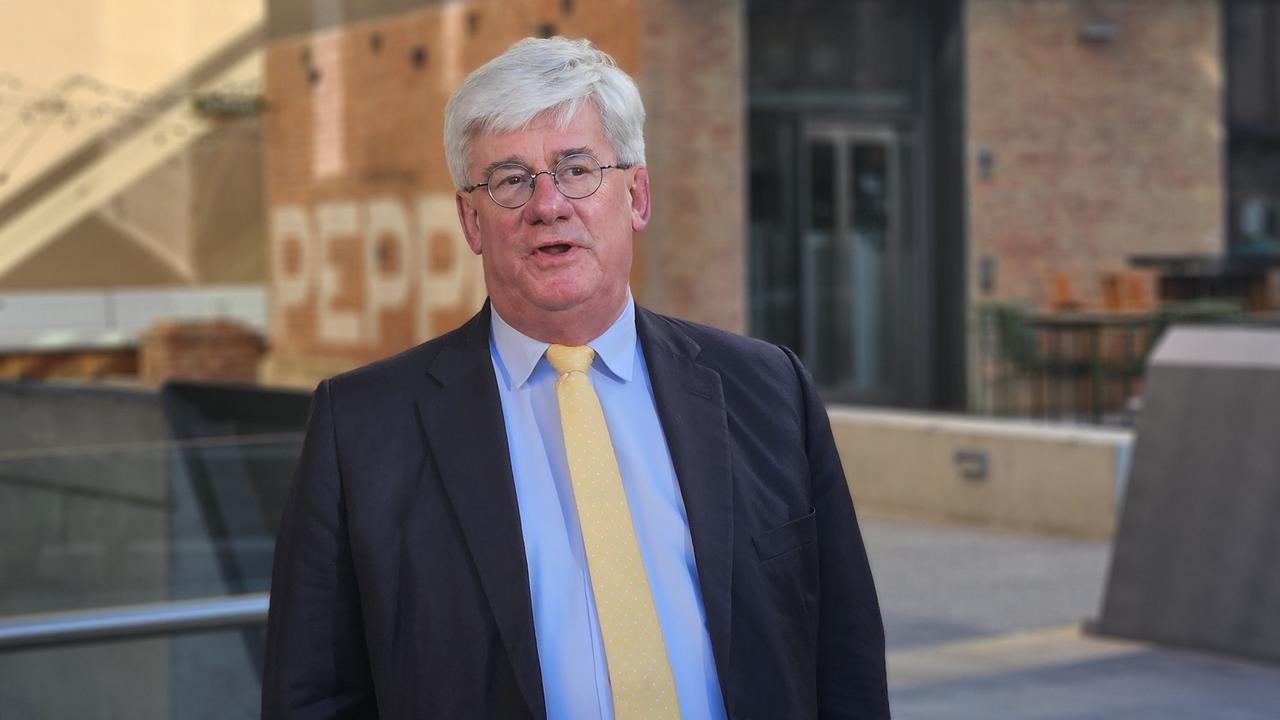
“Just because it’s ridiculous doesn’t mean Trump isn’t going to think it,” he said.
Mr Eslake also said the Australian government’s News Media Bargaining Code, which forces social media giants to pay publishers for journalism on their platform, could be a factor in provoking tariffs.
“The FTA we have with the US is not worth the paper it’s written on as far as Trump is concerned. Under our FTA, none of this should be happening but it is,” he said.
HOW WILL AUSTRALIA BE IMPACTED?
The impact on Aussies is hard to predict, and largely depends on how our own government and other countries react to the tariffs.
Mr Eslake said as an economy, “the direct impact on us will be relatively small because the US only takes about 4.5 per cent of our exports”.
“The indirect impact, in particular via China, could be much more significant,” he said.
China is more than 32 per cent of Australia’s export market.
“Quite a bit of that is used by China to make things that they in turn sell to the US,” Mr Eslake said.
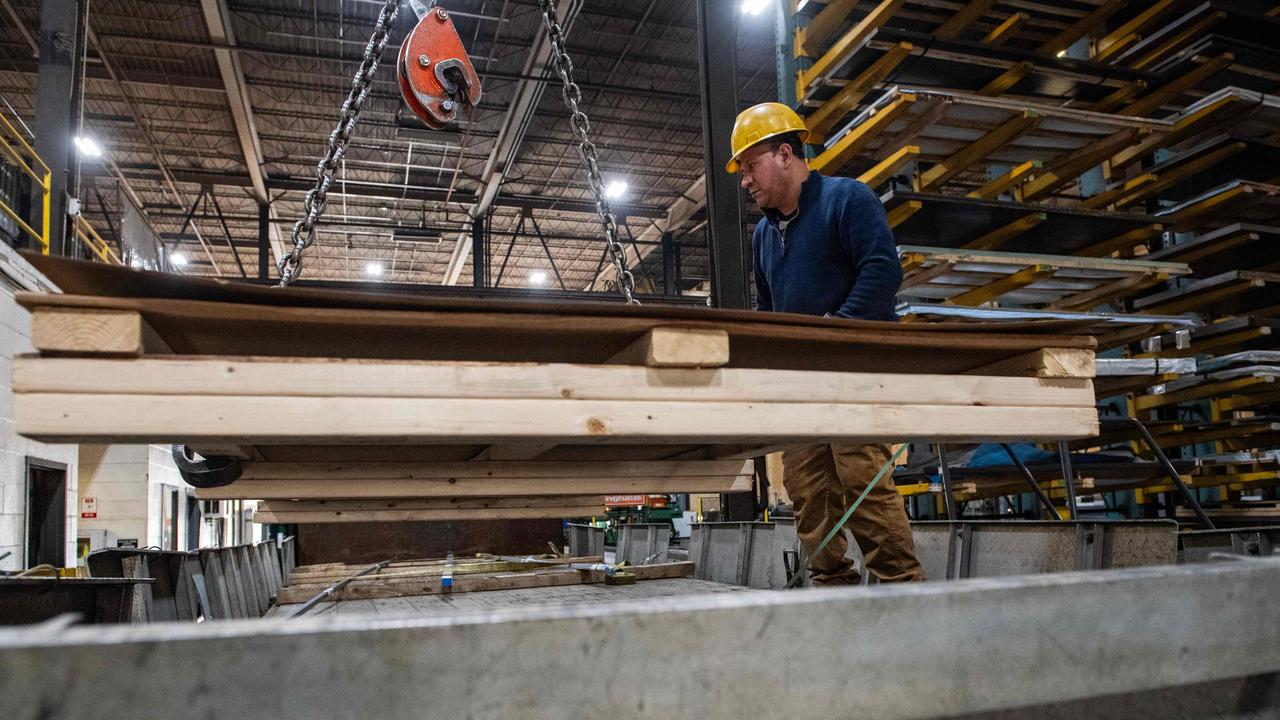
If US tariffs on China lower China’s demand for Australian exports, Mr Eslake said that “could have a bigger negative impact on our economy”.
Our overall economy may prove resilient against the US tariffs, but individual industries are likely to face challenges.
Trade Minister Don Farrell privately briefed Australian trade groups to brace for 20 per cent tariffs across the board and revealed he had rejected a counter offer from Washington during early negotiations.
WHAT WILL BE THE IMPACT ON AUSTRALIAN MEAT?
Mr Trump specifically called out Australia’s meat industry in the speech confirming his plans on Thursday morning AEST. Australian beef will be significantly affected by the new US tariffs.
The majority of Australian meat is produced for export, employing more than 400,000 people across the industry. In 2023, Australia exported almost $3.9 billion worth of meat to the US.
Since June 2023, the United States has overtaken China as our largest meat export market.
If US demand for Australian meat evaporates, Australia’s meat industry will face serious challenges.

But Australian Meat Industry Council chief executive Tim Ryan has said the supply chain* is “well-positioned to respond to shifts in the international trade landscape”.
“With strong demand in the US and globally for Australian meat, the American people will be the ones to wear the cost of any tariffs applied to our exports,” he said.
The impact on meat prices for Australian consumers is hard to predict.
“Possibly we will be able to sell it somewhere else,” Mr Eslake said.
If Australian meat is able to find a home in other foreign markets, prices and the industry could be resilient to shocks, as was seen with Australian barley and coal when China imposed tariffs in 2020.
“We might just get cheaper meat here at home,” Mr Eslake said, as increased supply could be redirected to the domestic market.

WHAT WILL BE THE IMPACT ON CARS?
Australia does not have a major car manufacturing industry due to high production costs and a comparatively small domestic market. Exports of cars and auto parts are therefore a minor part of our economy.
Australian car exports to the US in 2023 were about $3 million, less than 2.5 per cent of our total car exports.
For consumers, Mr Eslake said, this may mean that Australia becomes a more attractive market for international manufacturers to sell cars.
“There is a possibility that if the Chinese, for example, can’t sell as many cars to the US, they might seek to sell those things more cheaply here rather than not sell them at all,” he said.
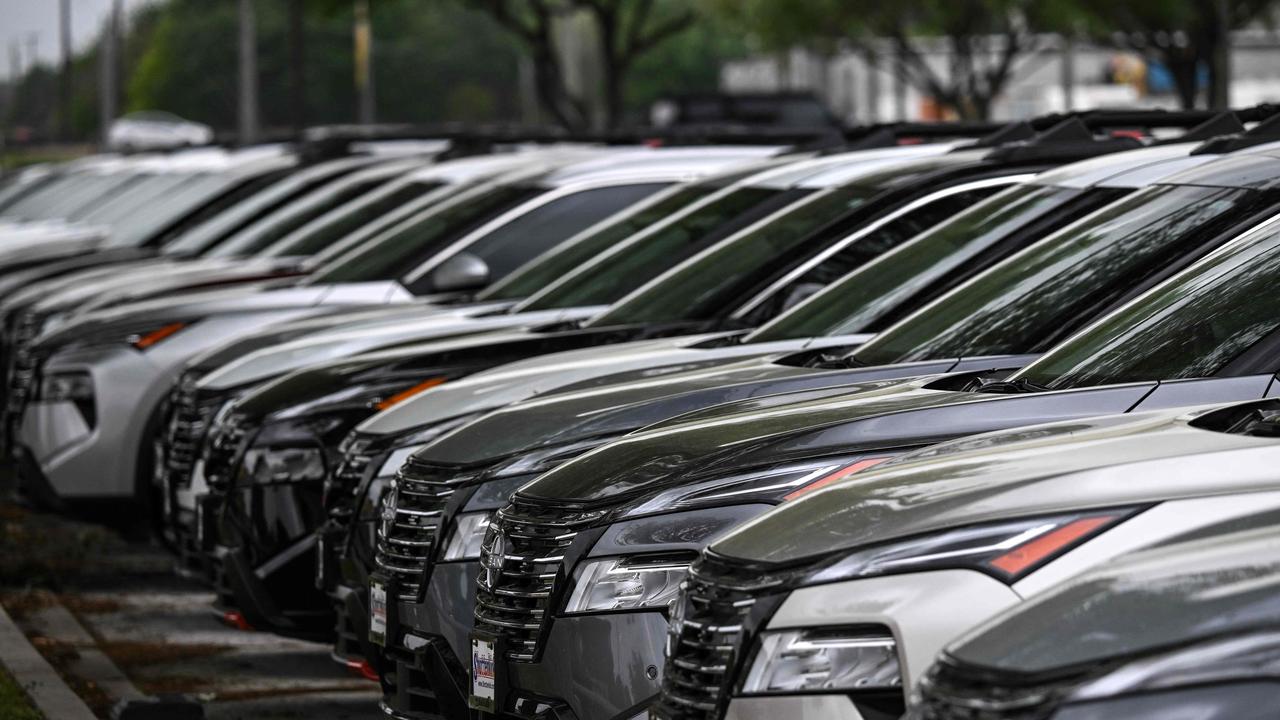
HOW WILL THIS AFFECT THE STOCK MARKET?
Global stock markets fell on Thursday morning as businesses and investors dealt with the impact of higher trade costs.
Mr Eslake said “the main losers from any tariffs are American consumers who will be faced with higher prices, not just for American imports but for American products that compete with those imports”.
Global investment bank Goldman Sachs has raised the probability of a US recession* in the next 12 months up to 35 per cent, where it was previously 20 per cent.
In response to market volatility*, the price of gold has surged.
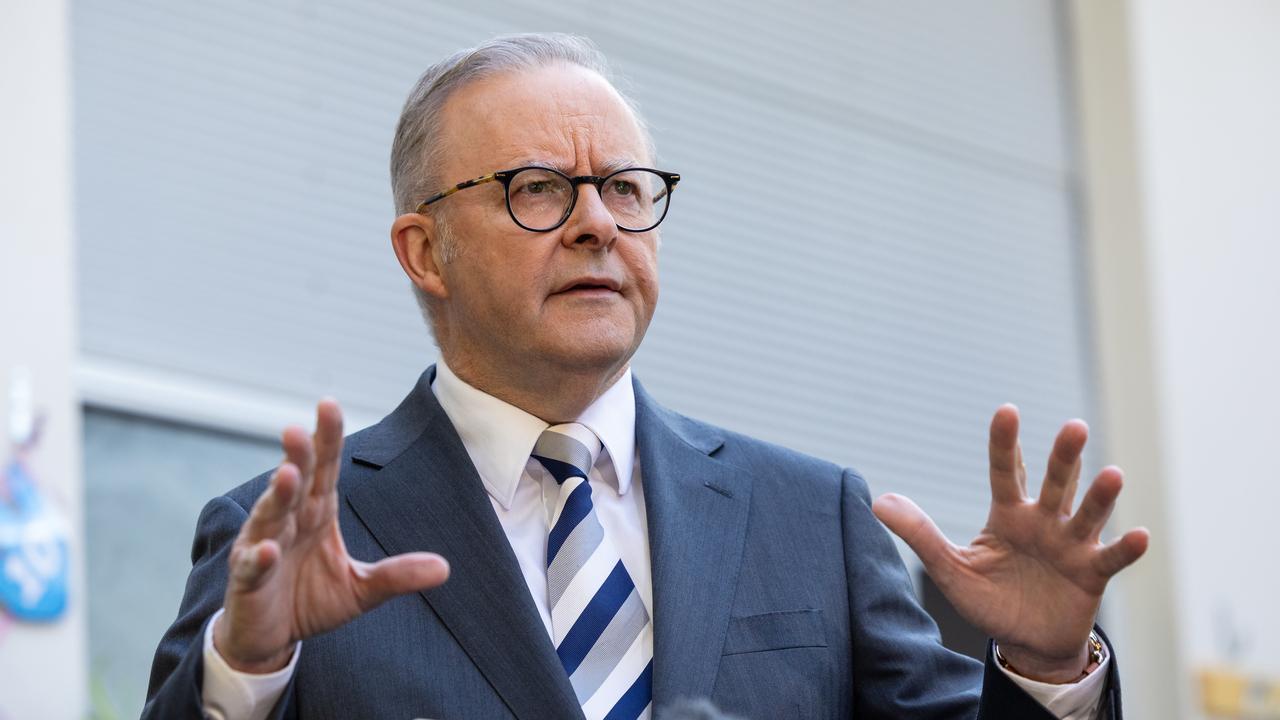
HOW WILL THIS AFFECT THE FEDERAL ELECTION?
Mr Albanese told reporters on Tuesday that Australia was not up for negotiation on bending its rules on biosecurity*. He maintained Australia would not weaken its laws to please the US.
Opposition leader Peter Dutton said he agreed with the PM and would “stand up for our country’s interests every day if I am given the great honour of being prime minister.”
Nonetheless, Mr Dutton has continued to disagree with the PM’s handling of Mr Trump. He has said he believes the PM should stand up to Mr Trump and has said he could strike a better deal if elected.
Mr Albanese and Mr Dutton continue to face off as to who would be better equipped to stand up to Mr Trump and are expected to do so until the federal election on Saturday 3 May.
POLL
GLOSSARY
- Free Trade Agreement: an international treaty between two or more countries that cuts down or eliminates barriers to trade, such as tariffs and other restrictions
- untenable: not able to be maintained
- domestic: made in the home country
- trade surplus: the amount that a country’s exports exceeds the cost of its imports
- supply chain: the network of all the people and organisations involved in the creation and sale of a product
- recession: a period of economic downturn, when trade and industrial activity are reduced and there is a fall in Gross Domestic Product (GDP) in two successive quarters
- market volatility: when stock market prices fluctuate
- biosecurity: measures that aim to prevent the spread of harmful organisms coming from other countries when goods are brought in from overseas
EXTRA READING
American trade tariffs explained
Can Trump really dump education?
Trump’s ‘Octagon Office’ diplomacy
QUICK QUIZ
1. What percentage tariff will Australia have to pay as part of America’s global program?
2. What did US President Trump label this global tariff announcement?
3. What was Mr Trump’s reasoning behind introducing global tariffs?
4. Which Australian industry will likely be significantly affected by the tariffs?
5. How will American consumers will affected by these sweeping tariffs?
LISTEN TO THIS STORY
CLASSROOM ACTIVITIES
1. What do you think?
Do you think the higher tariffs will really help ordinary people in the United States? Write sentences explaining your answer. Use information in the story and possibly your own research to help you.
Time: allow at least 20 minutes to complete this activity
Curriculum Links: English, Economics and Business
2. Extension
What do you think countries could do to protect themselves from the negative effects of the new tariffs? Write a list of suggestions. Write sentences explaining how and why each suggestion could work.
Time: allow at least 25 minutes to complete this activity
Curriculum Links: English, Economics and Business
VCOP ACTIVITY
Wow word recycle
There are plenty of wow words (ambitious pieces of vocabulary) being used in the article. Some are in the glossary, but there might be extra ones from the article that you think are exceptional as well.
Identify all the words in the article that you think are not common words, and particularly good choices for the writer to have chosen.
Select three words you have highlighted to recycle into your own sentences.
If any of the words you identified are not in the glossary, write up your own glossary for them.
Extension
Find a bland sentence from the article to up-level. Can you add more detail and description? Can you replace any base words with more specific synonyms?
Down-level for a younger audience. Find a sentence in the article that is high level. Now rewrite it for a younger audience so they can understand the words without using the glossary.

